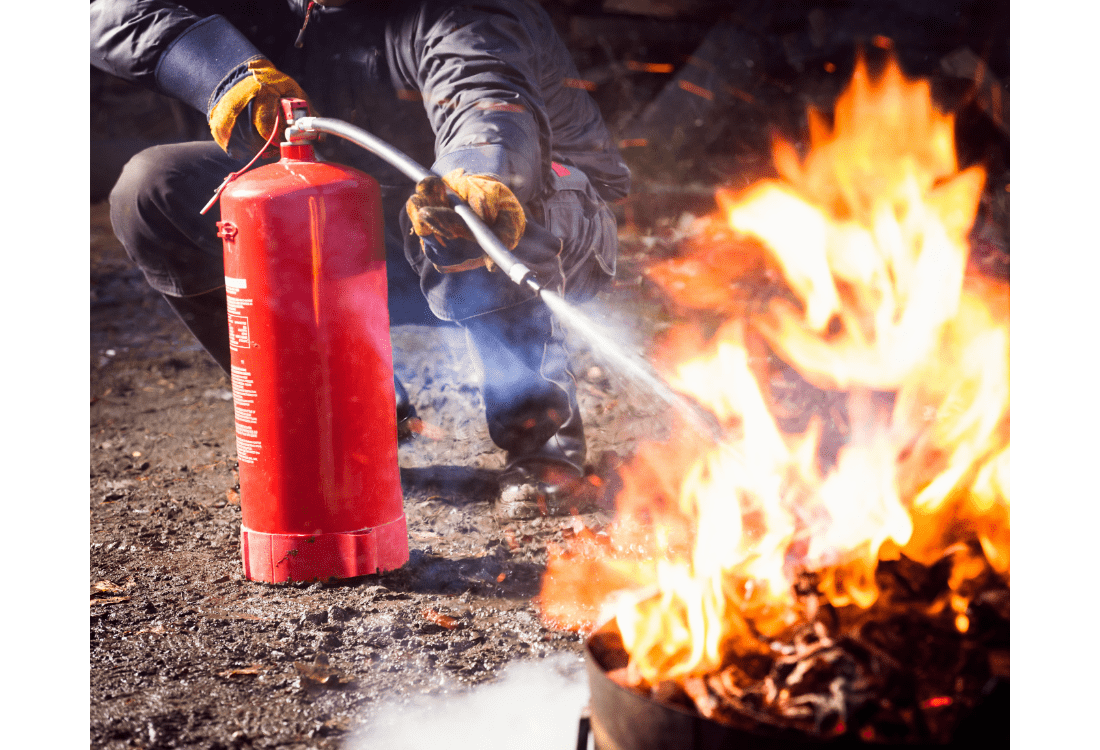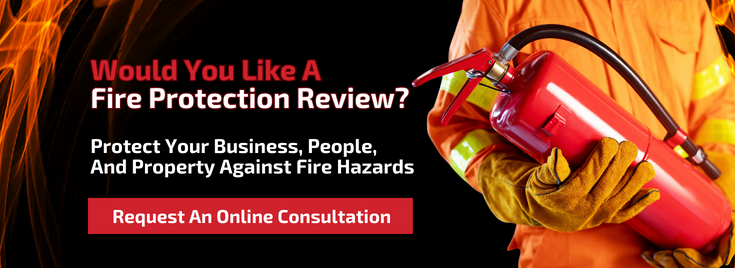
The Importance Of Detecting A Fire Quickly And The Safety Steps You Can Take Next
Uncontrolled fires on a business premises can be devastating to life, property and profit. Once established, fires can spread quickly through a building and are much harder to tackle. However, with the right detection and safety precautions, most commercial and industrial fires can be stopped before they become serious and building users can make it to safety to avoid harm.
Steps To Help Prevent Fire
Prevention is the best fire mitigation strategy. By following simple steps, you can significantly reduce the risk of accidental fires in your workplace. Regularly check equipment for fire safety, as faulty appliances are a leading cause of fires in non-domestic buildings. Always turn off appliances when not in use, particularly heaters and devices that generate heat. Properly manage wires and cables to prevent tangling and overheating. Additionally, store flammable materials carefully, keeping them away from potential heat sources. By implementing these fire prevention measures, you can create a safer work environment.
Efficient Fire Detection
While prevention is certainly better than cure, sometimes fires break out despite reasonable precautions having been taken. What matters most if a fire does break out in your workplace is to have the right fire detection systems in place to quickly and efficiently detect the source and severity of the fire – so that people can get out as rapidly as possible.
These include strategically placed fire alarms, which monitor all areas of your building or premises through a central control board and interface, as well as smoke detectors, heat sensors, and air sampling systems, depending on the needs of your business and any specific fire hazards. Some fire detections are linked to automated sprinkler systems that automatically release water or a fire suppression agent when a temperature threshold – indicative of a fire – is exceeded.
Actions To Take Should A Fire Break Out
When managing any public or commercial or industrial building, it's vital to have an efficient evacuation and fire safety plan in place in case fires occur. This should be tailored to the needs of your business, its employees, and customers. You’ll need to conduct a personalised risk assessment of your premises to evaluate your fire risk level in different parts of your building, and to identify any vulnerable people in your workforce.
However, the core of any fire evacuation plan is to exit the building as quickly, safely, and efficiently as possible, and then gather at a designated fire assembly point.
All workers and users of the building should be aware of evacuation plans and should know where to find window or door keys if access restrictions are in place in the building. Your fire safety instructions should also inform staff, visitors, and service users about the urgency of evacuating the building immediately on hearing a fire alarm – i.e. don’t waste time, leave your things at your desk, and simply exit the building. Ensure that your fire safety signage is clearly placed and effectively conveys your fire safety and evacuation instructions, to avoid confusion and facilitate a fast and safe evacuation.
After evacuation, you should immediately carry out a fire role call at the assembly point, making sure that everyone is accounted for, and surveying everyone present for injuries or trauma. This can include emotional and psychological trauma that may not be immediately visible, including panic attacks and extreme stress responses, as well as physical injuries such as burns, smoke inhalation, and sprains sustained during evacuation. Ensure that ambulances are called to treat anyone suspected of incurring an injury on site, and to take them to hospital if necessary.
Resuming Operations After A Fire
Fortunately, most commercial fires are relatively minor, and with the right fire detection, fire protection, and evacuation systems in place, injuries and property damage are rare. However, stringent fire safety precautions must be taken before resuming operations after even a minor fire. The first priority is to extinguish the fire, ensure the area is safe, and clear the aftermath. People should not re-enter the building until emergency services confirm that the fire has been effectively dealt with and it is safe to return.
What Next?
Fire safety is a top priority in commercial, industrial and retail building management. To find out more about how to react to fires, please contact Rhino Fire Control today.
Image Source: Canva




